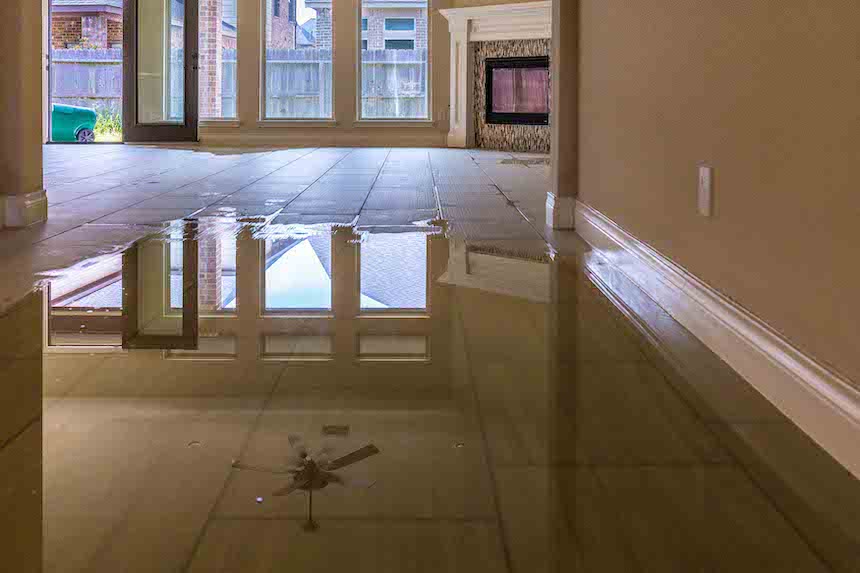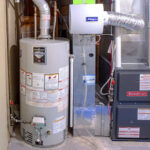
Water damage can be a pretty scary thing, especially in your home. Unaddressed water damage can easily lead to the growth of home-destroying problems such as mold and mildew. No one wants mold growing in their house because it can be incredibly damaging to you and your loved one’s health. Moreover, water damage can cause irreversible structural damage to your home if you don’t address it quickly enough.
When you find out that you have water damage, you will need to know how to get your home back to normal as quickly as possible in order to protect the building and its inhabitants. The following are the steps that a water remediation company will take to get your home back in order as quickly as possible.
Completely Dry Out the Affected Spaces
The first step of water remediation is to get rid of all of the water. Many types of materials can be affected when you have water damage to your home, including drywall, furniture, wood, and carpet. Typically, water will need to be sucked up with a wet-vac and other water-extraction machines.
Once all of the standing water is cleaned up and as much water has been removed via an extraction machine as possible, remediation experts will use box fans and other machines to help the remaining moisture evaporate.
Clean and Sanitize the Affected Areas
Making sure that all surfaces are clean and sanitary is essential because this process ensures that all materials are safe to be around and that you won’t have later mold growth. OSHA-approved cleaning materials are usually the go-to for water damage restoration. This process is especially important in the event that greywater or blackwater entered your home.
Remove Unsalvageable Materials
Oftentimes, when there’s water damage, there are some materials that can’t be salvaged. For instance, drywall is a material that becomes unsalvageable when it’s exposed to water for long periods of time. After all, moisture has been removed and the materials have been cleaned and sanitized, materials that can’t be salvaged will be torn out, disposed of, and replaced.
Restore the Space
After the preliminary work is done to get your home back in order, including tearing out and reinstalling materials like flooring and walls, there’s still likely to be more work that needs to be done to get the house looking like it did before. This includes painting walls, installing trim work, applying backsplashes in the kitchen and bathrooms, and all of the other detail work that finishes off the house.
Depending on the cause of the water damage, restoration might also involve redoing plumbing and sewage lines.
If you’ve recently had water damage to your home, you might wonder about the water damage restoration process, but it’s actually pretty straightforward. Whether your home has recently been flooded from a burst water main, lousy plumbing, or the weather, getting your house back to a point where it’s safe to inhabit and looks as beautiful as it was before should be at the top of your priority list.
- Prioritizing Your Child’s Needs in a Child Custody Case - April 11, 2024
- Five Pet Care Basics To Remember - April 1, 2024
- Updating Your Will: A Guide to Estate Planning Changes - March 16, 2024






